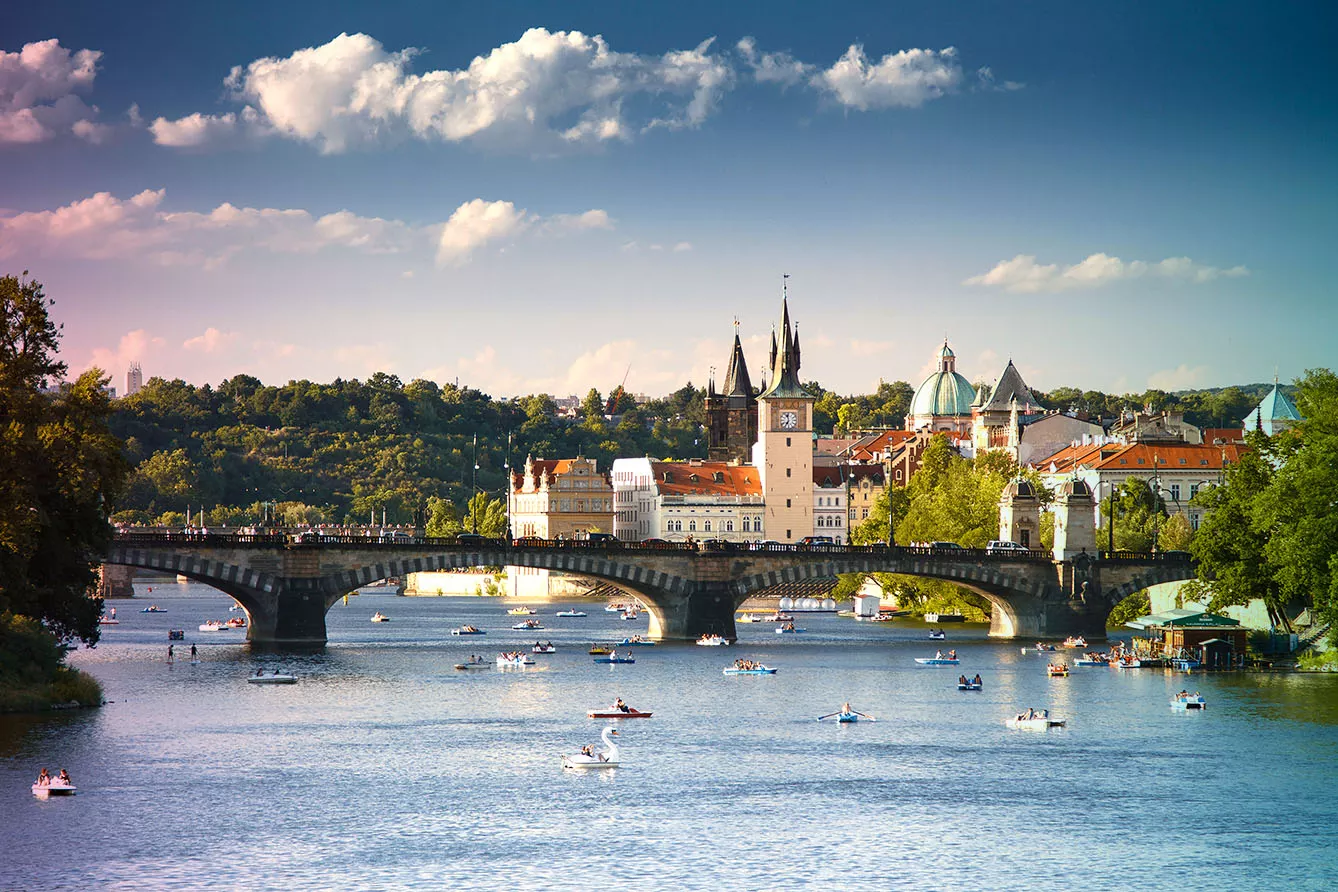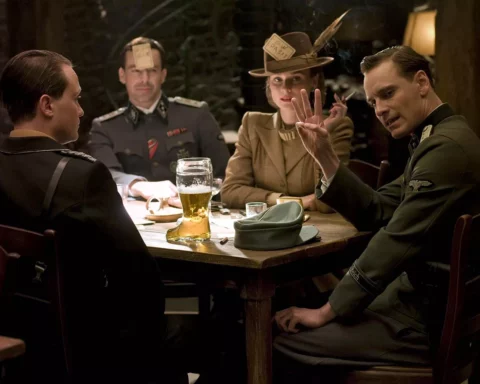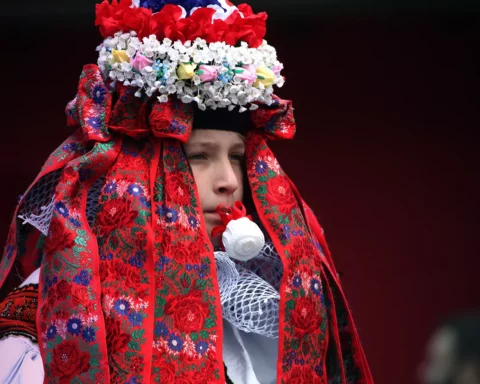Stretching over 490 kilometers, Vltava stands as the longest Czech river. Despite not being the Czech river with the most European importance – that title belongs to the Elbe – the Vltava is a crucial river for Czechia on many levels.
The Golden Palace under Vltava
The old Czech legend tells the story of Vodnik of Vltava (Vodnik is a mystical creature living underwater) and his love for the Jewish girl living by the riverbank. Her father disapproved of their love and arranged marriage for her to a wealthy Jewish man. The girl, desperately in love with Vodnik, decided to join him in the Vltava one day.
She left her home and disappeared into the river. Her father, with other men, looked for her, but she or her body was nowhere to be found. The legend says that she lives on the bottom of Vltava with her husband, Vodnik, in a giant golden palace, reigning as a King and Queen of Vltava. The legend says that she can be spotted roaming the streets disguised as a black cat.
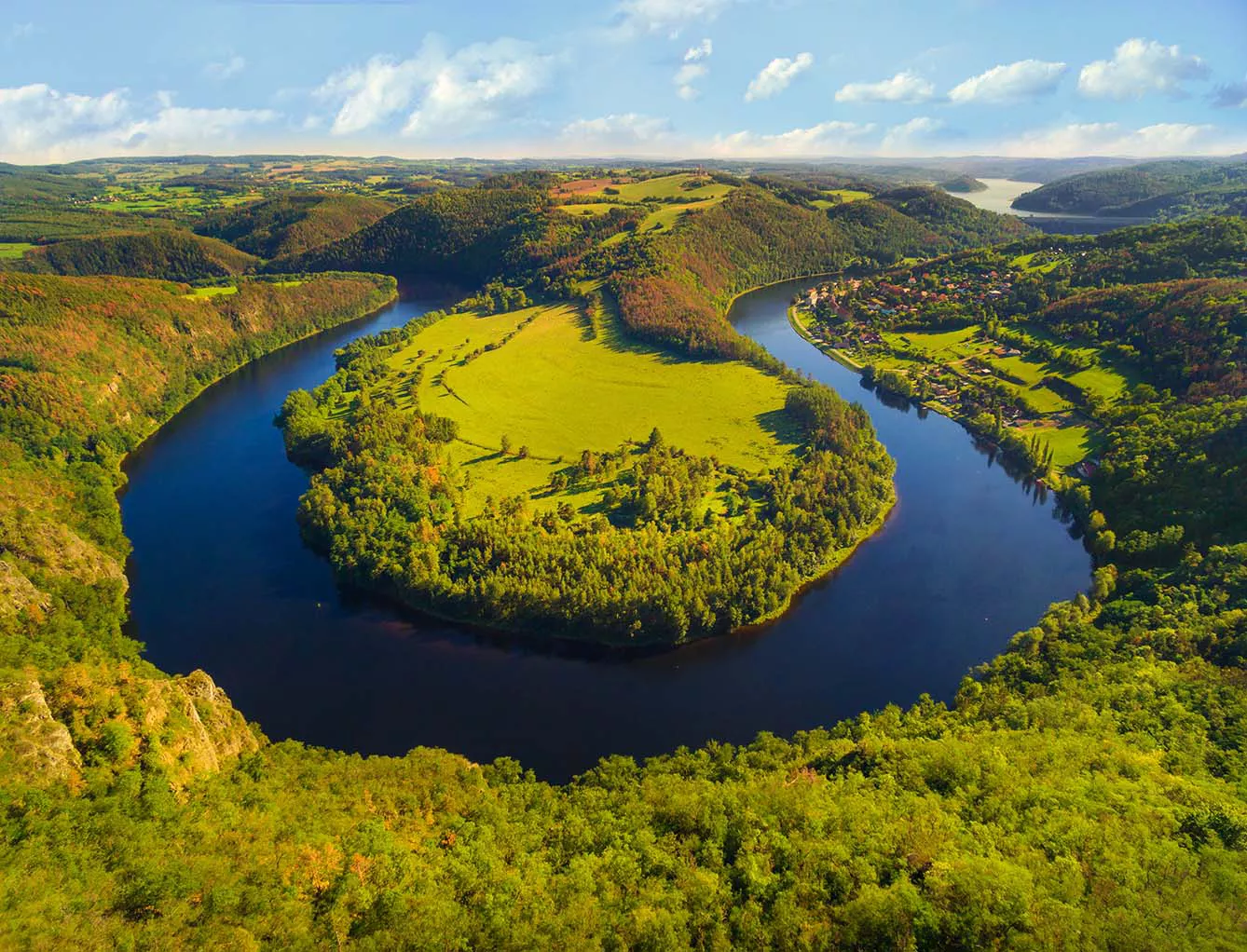
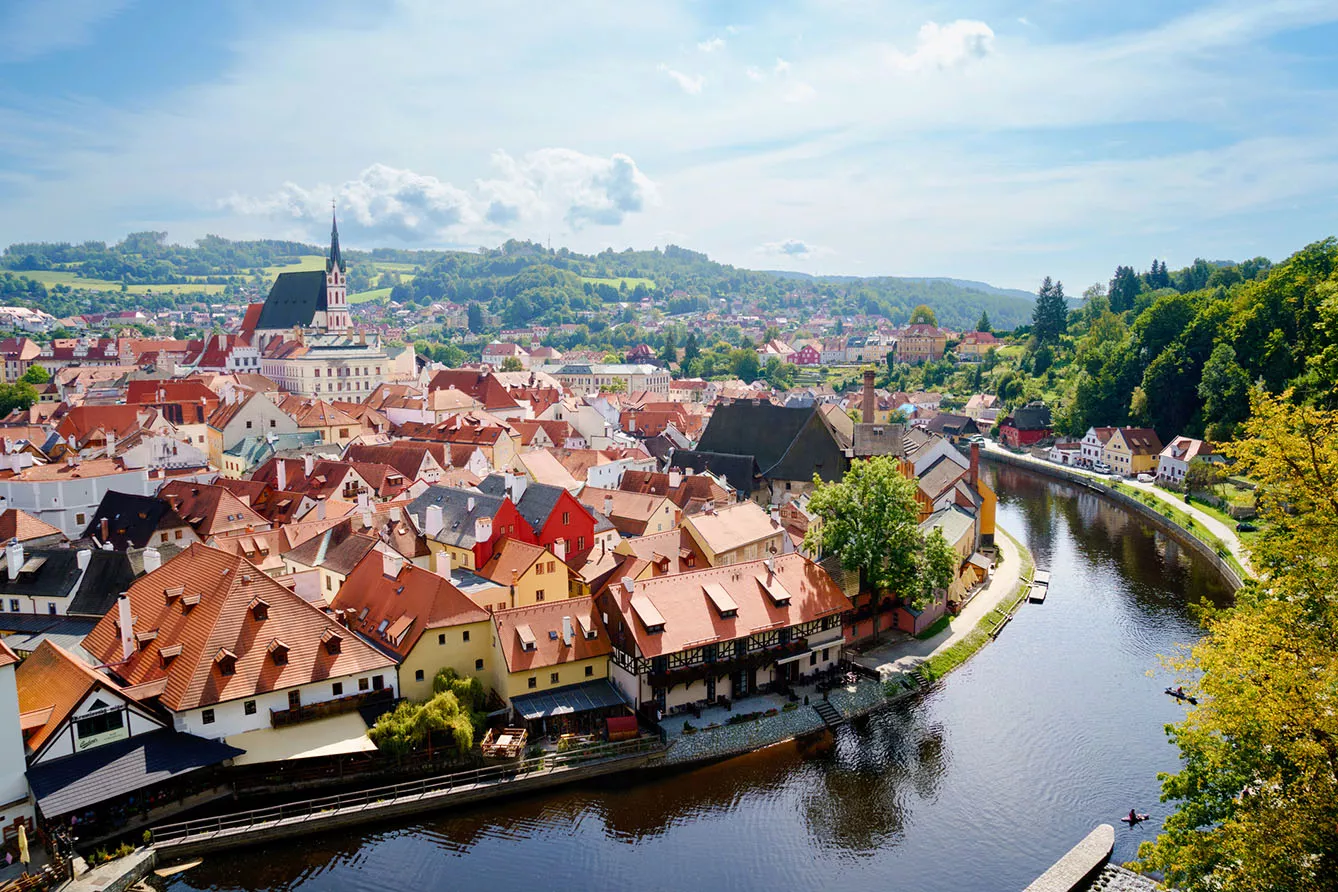
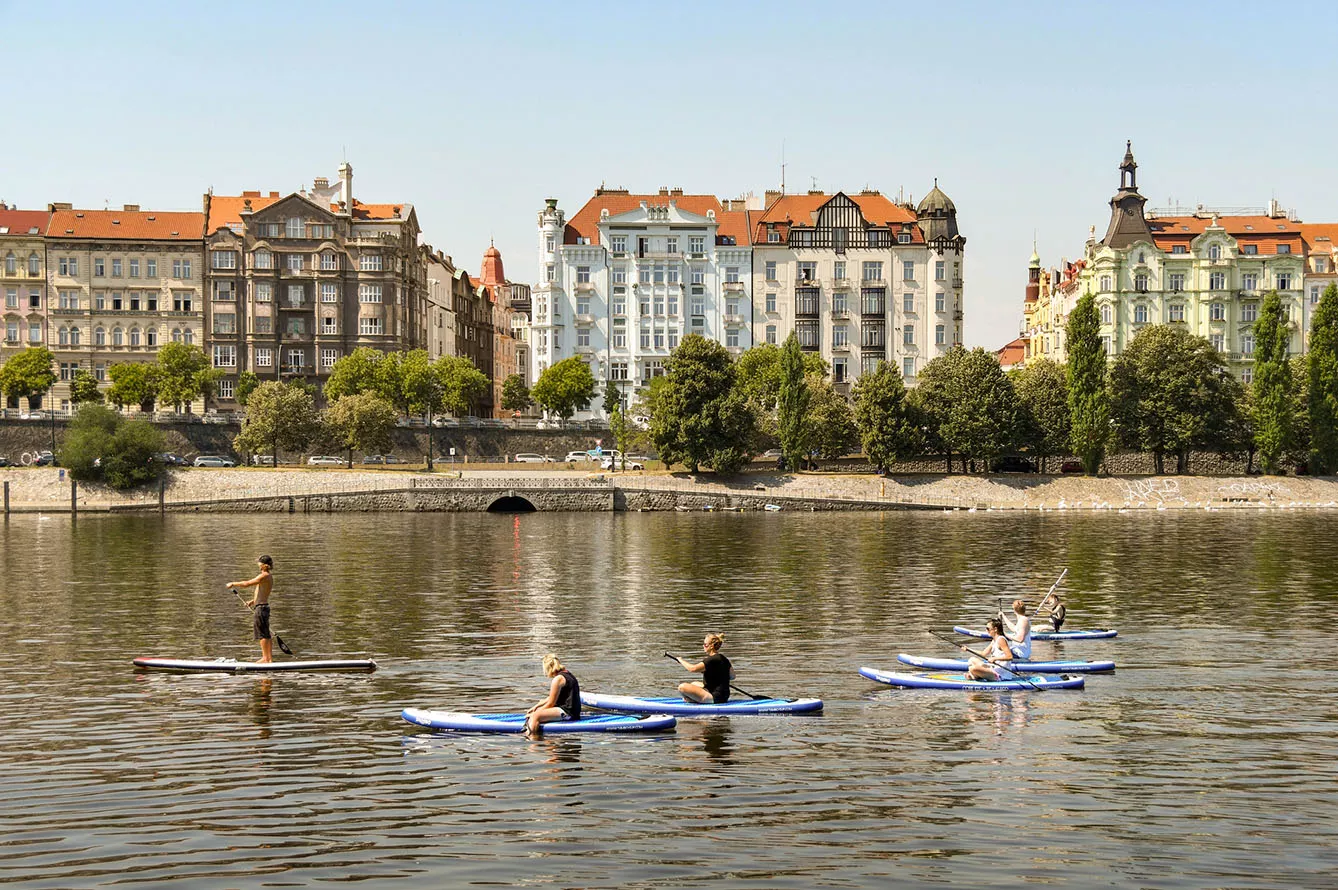
Provider of water and electricity
There is a series of water power plants on the river, commonly known as Vltava Cascade. This system of nine power plants with a combined electricity generating potential of 750 MW supplies the surrounding areas of the river with electricity. The construction of this monstrous project started in 1930 and finished 62 years later in 1992.
It drew not only the investments but also the tourist, who spend their summer vacations in many camps, hotels, and resorts alongside the river. Apart from being the source of electricity and economic growth, the Vltava River is also a source of drinkable water. The redistribution of water happens in all surrounding areas, including the capital of Prague.
Moldau: an Inspiration for artists
The majestic river the Vltava serves not only as a provider but also as an inspiration. The most famous piece named after the Vltava River is a symphonic poem by Bedrich Smetana called “Vltava.” In this composition, Smetana starts the piece slowly and quietly, just as the Vltava starts from two small streams in Southern Bohemia. As the stream of Vltava gets mightier, the song becomes louder and louder, reaching its crescendo by the time the Vltava flows past Vysehrad castle and enters Prague. As the river leaves the capital city, the song calms again and ends peacefully with the Vltava joining with the river Elbe.
With paintings, the estimate varies on how many pictures the river inspired. Some say it’s upper hundreds; other balder estimates say the number reaches thousands. One way or the other, the river became an inspiration to many, bridging fields and borders.
Free-time magnet
There are many options connected to the Vltava River regarding free time and hobbies. If you like water, rafting through the beautiful city of Cesky Krumlov in Southern Bohemia is a suitable activity for you. If you enjoy fishing, the Slapy Dam is the right place. But be careful; you need a permit to fish in the river!
If you are a city type, the best Vltava activity for you is a walk on Prague’s Riverside Boardwalk. The current boardwalks are river-side areas right by the river. These boardwalks were initially used for boat landings and anchorings, thus providing easy access for the carriages. Nowadays, the boardwalks serve as open-air restaurants, pubs, and theaters.
So, you can choose one of the activities or follow the river from its beginning in Southern Bohemia and do all the activities. We highly encourage it!


